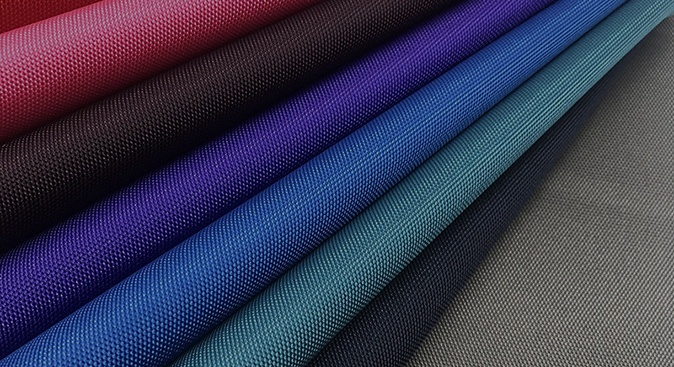Understanding 210D PVC Coated Fabric
Define
210D PVC coated fabric refers to a textile material that is composed of a base fabric with a yarn count of 210D and is coated with a layer of PVC (Polyvinyl Chloride). The term “210D” signifies the yarn count, indicating the thickness and strength of the fabric. A higher yarn count indicates a finer and stronger fabric. PVC coating refers to the process of applying a layer of PVC onto the surface of the fabric, typically through lamination or coating techniques.
The composition of 210D PVC coated fabric typically includes a woven or knit base fabric made from synthetic fibers such as nylon or polyester. These fibers provide the fabric with its inherent strength and durability. The PVC coating, applied to one or both sides of the base fabric, adds additional protective and functional properties to the fabric.
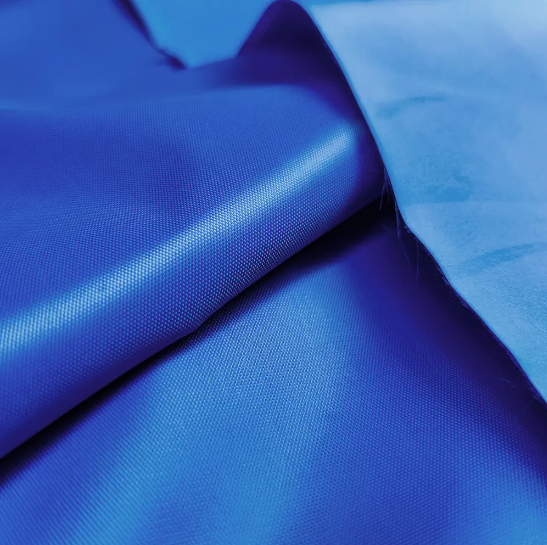
Explain
The process of coating fabric with 210D PVC involves several steps. First, the base fabric is prepared by weaving or knitting synthetic fibers into a desired pattern and structure. Then, the fabric undergoes a coating process where a layer of PVC is applied to the surface. This can be achieved through techniques such as calendaring, hot-melt coating, or solvent coating.
The PVC coating provides numerous benefits to the fabric. Firstly, it enhances the fabric’s waterproof and weather-resistant properties. The PVC layer acts as a barrier, preventing water from permeating the fabric and protecting the contents within. This makes 210D PVC coated fabric suitable for outdoor gear, backpacks, and luggage, where moisture protection is essential.

Moreover, the PVC coating adds strength and durability to the fabric, increasing its resistance to tearing and abrasion. It also enhances the fabric’s UV resistance, preventing color fading and degradation when exposed to sunlight. Additionally, the PVC coating offers flexibility, allowing the fabric to be easily folded and manipulated without cracking or peeling.
The benefits of 210D PVC coated fabric extend beyond its functional properties. It comes in a wide range of colors, allowing for vibrant and attractive designs. The fabric is lightweight, making it ideal for applications where weight is a consideration. Furthermore, the PVC coating can be customized with additives to provide antimicrobial, flame-retardant, or other specialized properties, expanding its versatility in various industries.
Waterproof Performance of 210D PVC Coated Fabric
Inherent Water Resistance
The inherent water resistance of 210D PVC coated fabric can be attributed to its composition. The base fabric, typically made from synthetic fibers like nylon or polyester, has hydrophobic properties that naturally repel water. These fibers have low moisture absorption rates, ensuring that the fabric remains relatively dry even in wet conditions. Additionally, the tight weave or knit structure of the base fabric further contributes to its water resistance by minimizing the gaps between the fibers, reducing the opportunity for water penetration.
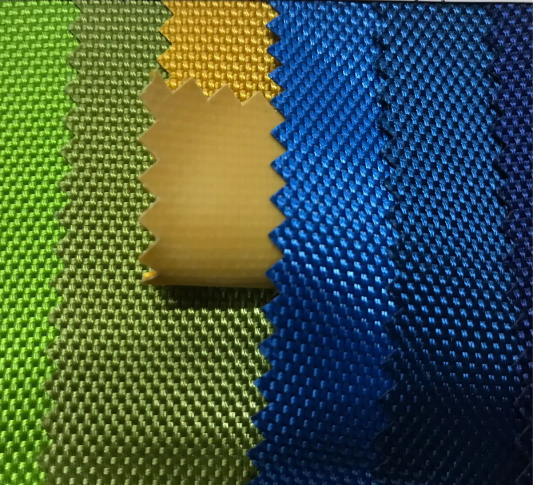
How to Create a Waterproof Barrier
The PVC coating plays a crucial role in creating a waterproof barrier for 210D PVC coated fabric. The PVC layer, applied to one or both sides of the fabric, acts as a physical barrier against moisture penetration. PVC is inherently impermeable to water, effectively preventing water droplets from passing through the fabric. The coating is typically applied in a way that ensures complete coverage and adhesion to the base fabric, leaving no gaps or areas vulnerable to water ingress.
Moreover, the PVC coating can be further enhanced with additional treatments or finishes to improve its waterproofing capabilities. For example, manufacturers may incorporate additives or laminates that increase the fabric’s water repellency, such as fluorocarbon finishes or PU (Polyurethane) coatings. These additional treatments contribute to the overall water resistance of the fabric, making it more effective in repelling water and keeping the contents protected.

Advantages
210D PVC coated fabric offers several advantages over other types of fabrics when it comes to waterproofing. Firstly, its inherent water resistance due to the composition of the base fabric ensures reliable protection against moisture. The hydrophobic properties of synthetic fibers and the tight weave or knit structure contribute to the fabric’s ability to repel water, making it suitable for various outdoor applications.
The PVC coating amplifies the waterproofing capabilities of 210D PVC coated fabric, creating a robust barrier against water penetration. Unlike some other fabric coatings or treatments that may lose their effectiveness over time or with wear, PVC coating maintains its water resistance properties even with prolonged use. This durability makes it a preferred choice for items that require long-lasting and dependable waterproofing, such as backpacks, tents, or rain gear.
Additionally, 210D PVC coated fabric offers excellent resistance to abrasion, tearing, and punctures, further enhancing its performance in wet environments. It remains intact and continues to provide waterproofing even when subjected to rough handling or extreme conditions. This resilience makes it particularly suitable for outdoor gear and equipment that may be exposed to challenging terrains or climates.
Testing and Standards for Waterproof 210D PVC Coated Fabric
Industry Standards and Testing Methods
To ensure the quality and performance of waterproof 210D PVC coated fabric, industry standards and testing methods are employed to evaluate its waterproof properties. These standards and tests help manufacturers, distributors, and consumers assess the fabric’s ability to resist water penetration and make informed decisions about its suitability for specific applications.
Key Tests
Hydrostatic Pressure Resistance Test: This test measures the fabric’s ability to withstand water pressure without allowing water to penetrate through. It involves placing a sample of the fabric beneath a column of water and gradually increasing the pressure until water starts to pass through. The pressure at which the water penetration occurs indicates the fabric’s hydrostatic pressure resistance, reflecting its waterproof performance.
Water Column Test: The water column test determines the height of a vertical column of water that the fabric can withstand before water begins to penetrate. A sample of the fabric is exposed to increasing water pressure from below until water is observed on the opposite side. The height of the water column represents the fabric’s resistance to water penetration and is an important indicator of its waterproofing capability.
Spray Rating Test: This test assesses the fabric’s resistance to water penetration under a spray or shower-like condition. The sample is subjected to a controlled spray of water, and the level of water penetration is evaluated. The spray rating indicates the fabric’s ability to repel water and is particularly relevant for applications where the fabric is exposed to continuous or heavy rain.
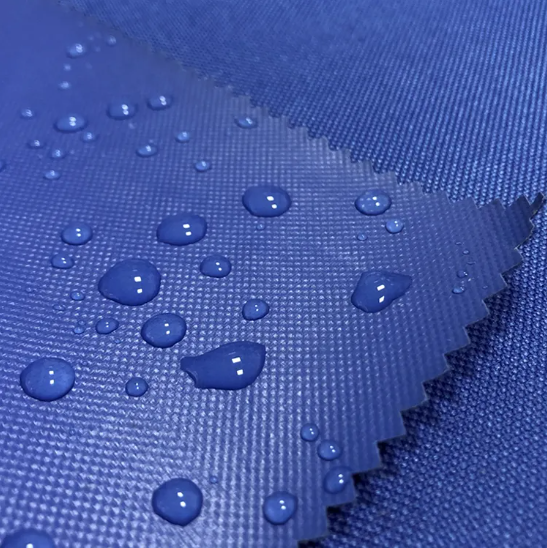
Certifications and Standards
Several certifications and standards ensure the quality and performance of waterproof 210D PVC coated fabric. The International Organization for Standardization (ISO) has developed various standards related to textile testing and waterproofing. For instance, ISO 811:2018 specifies the method for determining the resistance of fabrics to water penetration using the hydrostatic pressure test.
The American Society for Testing and Materials (ASTM) also provides standards for evaluating the waterproof properties of fabrics. ASTM D751-06 outlines the hydrostatic pressure resistance test method for coated fabrics, including PVC-coated fabrics. It establishes guidelines for conducting the test and interpreting the results.
Additionally, specific regional standards may exist that govern the quality and performance requirements for waterproof fabrics. These standards ensure that manufacturers adhere to specific criteria and provide consumers with reliable products.
By adhering to these certifications and standards, manufacturers and distributors can validate the quality and performance of 210D PVC coated fabric and assure customers of its waterproofing capabilities. Compliance with these industry benchmarks ensures consistent and reliable waterproofing performance across different products and brands.
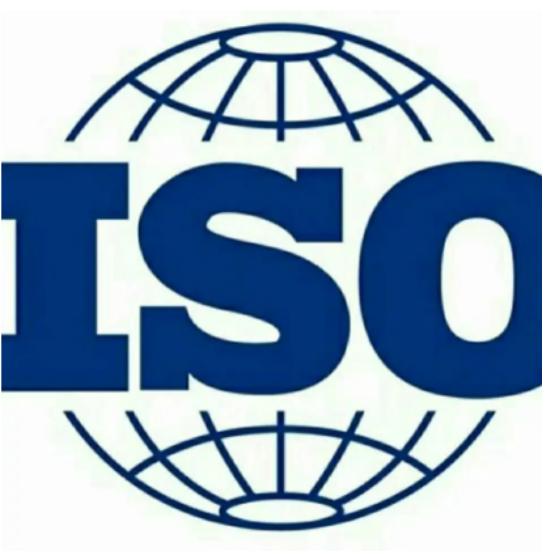
Benefits for Luggage Factories and Fabric Distributors
Durability and Longevity
210D PVC coated fabric offers exceptional durability and longevity, making it highly advantageous for luggage factories and fabric distributors. The fabric’s composition, including the strong base fabric and the PVC coating, provides excellent resistance against wear, tear, and abrasion. This ensures that products made with 210D PVC coated fabric can withstand the rigors of daily use and retain their integrity over time. Luggage manufacturers can rely on this fabric to create long-lasting and reliable products that meet the demands of their customers.
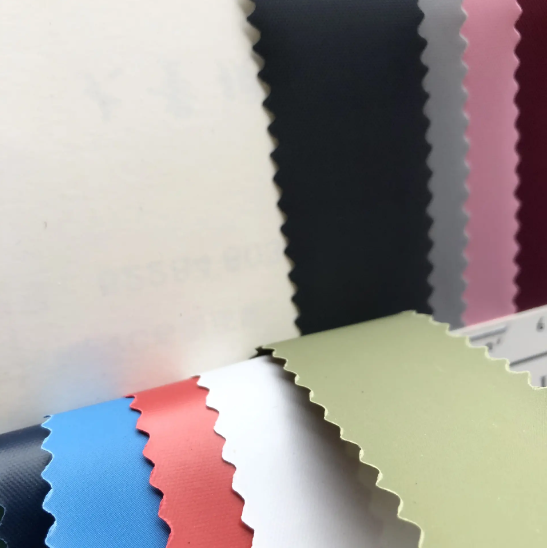
Water Resistance and Moisture Protection
One of the primary benefits of 210D PVC coated fabric is its superior water resistance and moisture protection. The PVC coating acts as a reliable barrier against water penetration, preventing moisture from seeping through the fabric and safeguarding the contents inside luggage or bags. This feature is particularly valuable for luggage factories and fabric distributors as it allows them to offer products that are highly effective in protecting belongings from rain, spills, and other wet conditions. Customers can have confidence that their possessions will remain dry and protected, even in challenging environments.
Easy Maintenance and Cleanliness
210D PVC coated fabric is known for its ease of maintenance and cleanliness, which is beneficial for both luggage factories and fabric distributors. The PVC coating makes the fabric resistant to stains and dirt, making it easier to clean and maintain the appearance of the products made from it. Luggage factories can provide customers with products that are not only functional and durable but also hassle-free to keep clean and looking new. Fabric distributors can offer a fabric option that is appreciated by manufacturers and end-users alike for its low maintenance requirements.
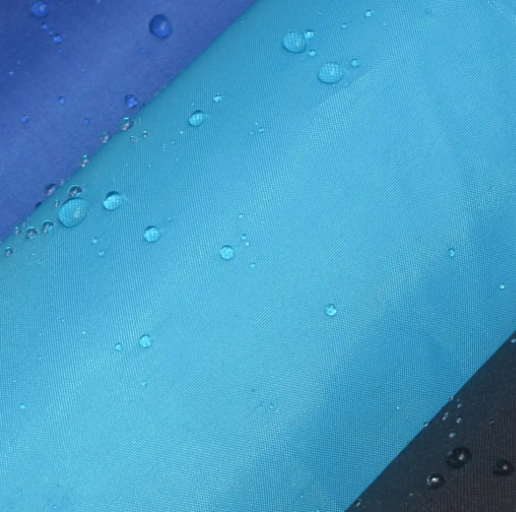
Versatility and Design Options
The versatility of 210D PVC coated fabric opens up a wide range of design options for luggage factories and fabric distributors. The fabric is available in a variety of vibrant colors and finishes, allowing manufacturers to create visually appealing and attractive products. This versatility extends to different bag styles, including backpacks, duffel bags, and travel bags, providing options for various customer preferences and market segments. Fabric distributors can offer a fabric that suits the diverse needs of luggage manufacturers, enabling them to create aesthetically pleasing and functional products that stand out in the market.

How to Choose Waterproof 210D Coated Fabric
Durability and Strength
Choose a fabric that offers excellent durability and strength. Consider the quality of the base fabric used in the 210D coated fabric. Synthetic fibers like nylon or polyester are known for their strength and resistance to tearing and abrasion. Ensure that the base fabric has a tight weave or knit structure, as this enhances its overall durability. Additionally, examine the thickness and density of the PVC coating to ensure it provides sufficient protection and longevity.
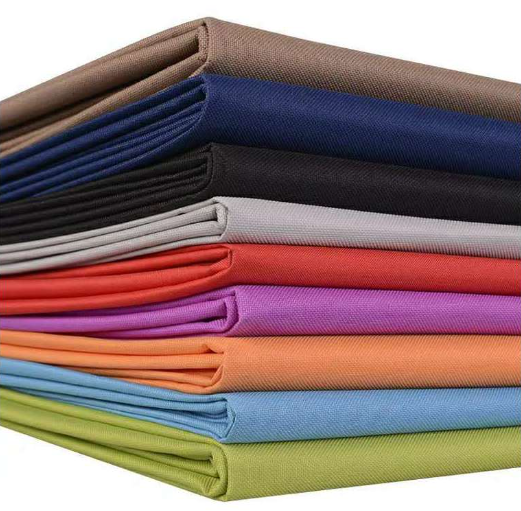
Testing and Certification
Look for 210D coated fabric that has undergone rigorous testing to validate its waterproof performance. Seek out fabrics that have been tested using industry-standard methods such as the hydrostatic pressure resistance test, water column test, and spray rating test. These tests provide insight into the fabric’s ability to repel water and maintain its waterproofing capabilities over time. Moreover, consider certifications and compliance with recognized standards such as ISO and ASTM, as they serve as reliable indicators of quality and performance.
Supplier Selection
Choose a reputable and reliable supplier when sourcing waterproof 210D coated fabric. Look for suppliers with a proven track record in the industry, known for their quality products and customer satisfaction. Research their manufacturing processes, quality control measures, and their commitment to meeting industry standards. Consider factors such as their experience, reputation, and ability to provide consistent and timely delivery. A trusted supplier will not only offer high-quality fabric but also provide valuable support and assistance throughout the purchasing process.
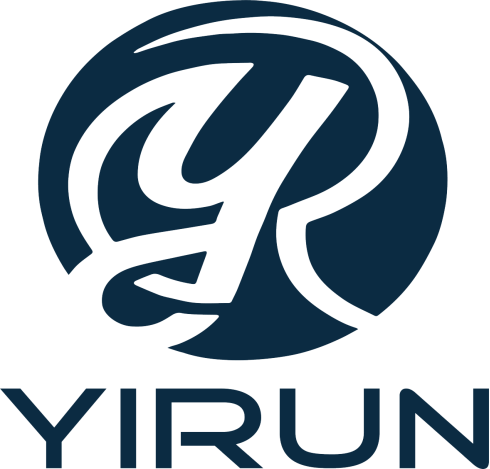
By considering these aspects when choosing waterproof 210D coated fabric, you can ensure that the fabric meets your requirements for durability, strength, and waterproof performance. Thoroughly evaluate the fabric’s durability and strength, verify its testing and certification credentials, and select a reputable supplier. This approach will enable you to make an informed decision and select a fabric that will deliver reliable waterproofing capabilities for your specific applications.
Quality Control Measures
Raw Material Inspection
Thoroughly inspecting the raw materials used in the production of 210D coated fabric is crucial for maintaining consistent quality. This inspection involves assessing the quality and specifications of the base fabric, such as the type of synthetic fibers used (nylon or polyester), their denier count, and the tightness of the weave or knit structure. It is important to verify that the raw materials meet the desired standards and are free from defects or irregularities that could impact the fabric’s durability or waterproofing capabilities.
Coating Thickness Measurement
Measuring the thickness of the PVC coating is essential to ensure uniformity and consistency across the fabric. Coating thickness directly affects the fabric’s waterproof performance and overall quality. Quality control measures involve using precise instruments to measure the thickness of the PVC coating at various points on the fabric. This helps identify any variations or deviations from the desired thickness range, allowing manufacturers to take corrective actions and ensure that the coating meets the specified requirements.
Abrasion Resistance Testing
Abrasion resistance testing assesses the fabric’s ability to withstand wear and abrasion, which is particularly important for products exposed to harsh environments or frequent use. Quality control measures include subjecting samples of the fabric to standardized abrasion tests, such as the Martindale or Taber test methods. These tests simulate various degrees of friction and abrasion to evaluate the fabric’s resistance to surface damage, pilling, and deterioration. By conducting regular abrasion resistance testing, manufacturers can ensure that the fabric maintains its integrity and performance over time.
Implementing these quality control measures helps manufacturers maintain consistent quality, performance, and customer satisfaction with their waterproof 210D coated fabric. By conducting thorough inspections of raw materials, measuring coating thickness accurately, and testing for abrasion resistance, manufacturers can identify and address any potential issues that may affect the fabric’s durability, waterproofing capabilities, and overall quality. This commitment to quality control contributes to the production of reliable and high-performing waterproof 210D coated fabric.
Conclusion
Understanding 210D PVC coated fabric provides valuable insights into its composition, waterproof performance, testing standards, benefits, and quality control measures. With its strong base fabric and PVC coating, 210D PVC coated fabric offers inherent water resistance due to its composition, making it an excellent choice for waterproof applications. The PVC coating creates a reliable barrier against moisture penetration, ensuring effective waterproofing. Compared to other types of fabrics, 210D PVC coated fabric has several advantages, including superior waterproofing capabilities, durability, and ease of maintenance.
Overall, 210D PVC coated fabric offers a versatile and effective solution for waterproof applications, providing durability, water resistance, ease of maintenance, and design options. By understanding its characteristics and considering important factors during the selection process, luggage factories and fabric distributors can offer high-quality products that meet customer demands and expectations. With its numerous benefits and quality control measures in place, 210D PVC coated fabric continues to be a preferred choice in the industry, ensuring reliable waterproof performance and customer satisfaction.



